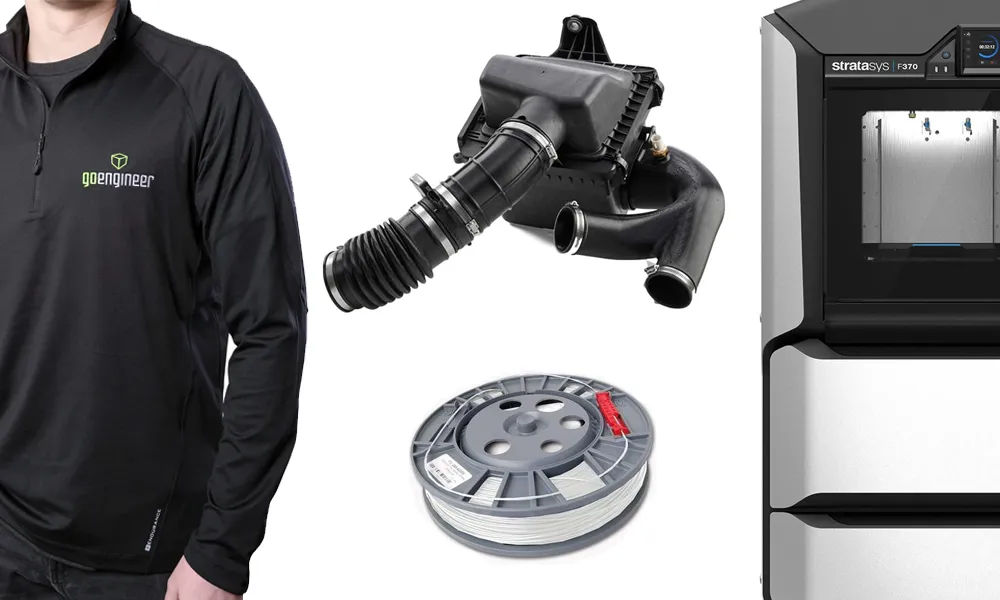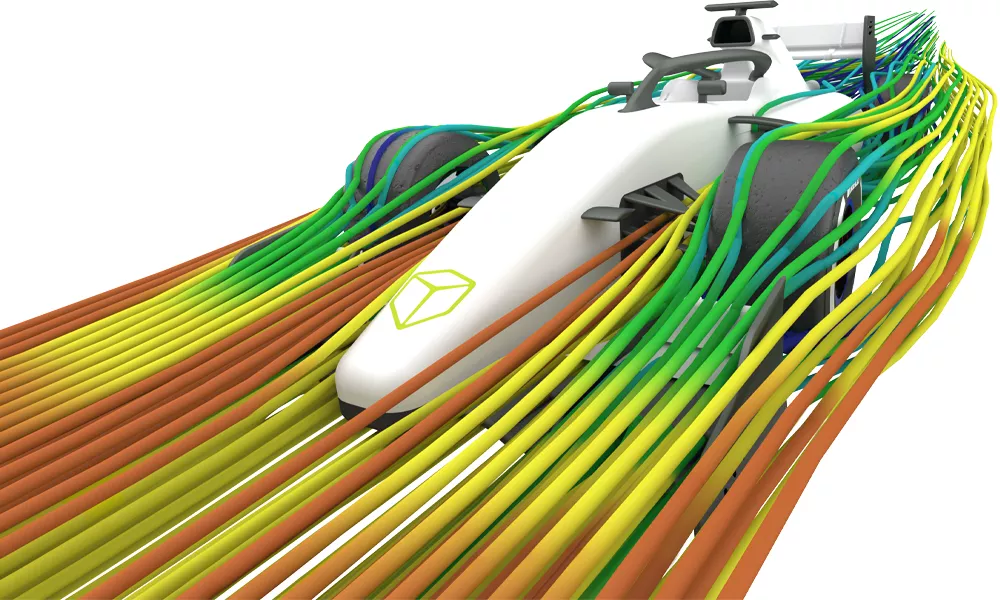SOLIDWORKS SIMULATION PROFESSIONAL TRAINING
Learn advanced topics in FEA and evaluating the behavior of assemblies under actual service conditions
OVERVIEW
- INSTRUCTOR-LED ONLINE LENGTH:
- 5 days Simulation Essentials
- 3 days Simulation Professional
PREREQUISITES: Knowledge of SOLIDWORKS and basic mechanical engineering concepts is recommended.
DESCRIPTION: This class provides an in-depth coverage on the basics of Finite Element Analysis (FEA), covering the entire process from meshing to evaluation of results for parts and assemblies. It discusses linear stress analysis covering the entire analysis process from meshing to evaluation of results for parts and assemblies, gap/contact analysis, and best practices.
SIMULATION Essentials Lesson Plan
Lesson 1:
- The Analysis Process
Lesson 2:
- Mesh Controls, Stress Concentrations, & Boundary Conditions
Lesson 3:
- Assembly Analysis with Interactions
Lesson 4:
- Symmetrical & Free Self-Equilibrated Assemblies
Lesson 5:
- Assembly Analysis with Connectors & Mesh Refinement
Lesson 6:
- Bonded Mesh Options
Lesson 7:
- Analysis of Thin Components
Lesson 8:
- Mixed Meshing of Shells & Solids
Lesson 9:
- Beam Elements: Analysis of a Conveyor Frame
Lesson 10:
- Mixed Meshing Solids, Beams & Shells
Lesson 11:
- Design Study
Lesson 12:
- Thermal Stress Analysis
Lesson 13:
- Adaptive Meshing
Lesson 14:
- Large Displacement Analysis
SIMULATION Advanced Lesson Plan
Lesson 1:
- Frequency Analysis of Parts
Lesson 2:
- Frequency Analysis of Assemblies
Lesson 3:
- Buckling Analysis
Lesson 4:
- Load Cases
Lesson 5:
- Submodeling
Lesson 6:
- Topology Analysis
Lesson 7:
- Thermal Analysis
Lesson 8:
- Thermal Analysis with Radiation (small review)
Lesson 9:
- Advanced Thermal Stress 2D Simplification
Lesson 10:
- Fatigue Analysis
Lesson 11:
- Variable Amplitude Fatigue (student review on own)
Lesson 12:
- Drop Test Analysis
Lesson 13:
- Optimization Analysis
Lesson 14:
- Pressure Vessel Analysis (student review on own)
Additional Resources
Take Advantage of GoEngineer’s Extensive Knowledge Base and Resources

Find a Solution
Our robust Knowledge Base contains over 12,000 resources to help answer your product design questions. From basic CAD questions to in-depth guides and tutorials, find your solution here. Find a Solution

PROFESSIONAL TRAINING
Improve your skills with professional training and certifications in SOLIDWORKS, CAM, 3D Printing, and 3D Scanning offered four ways: self-paced, online, on-site, or in-classroom. Certified Training Courses

BLOG
#1 Technical Resource Worldwide - Right at your fingertips. Search or browse through hundreds of SOLIDWORKS tips & tricks, additive manufacturing product developments, announcements, how-to guides, and tutorials. Blog

YouTube Channel
Our YouTube channel hosts hundreds of educational tutorials, product demonstrations, recorded webinars, and best practices for all of our products and services. GoEngineer's YouTube Channel

ONLINE STORE
Order 3D printing materials and consumables, enroll in SOLIDWORKS training classes, and buy official GoEngineer gear directly from our online store. Online Store

WEBINARS
Our engineering webinars are hosted by some of the top experts in the industry. They are always recorded, always free, and always offer a live Q&A. WEBINARS
3D Printing Services
Need to 3D print a part? Our Additive Manufacturing experts will 3D print your part and deliver it to you using the latest technology on one of our professional FDM, PolyJet and SL 3D printers. 3D Printing Services


